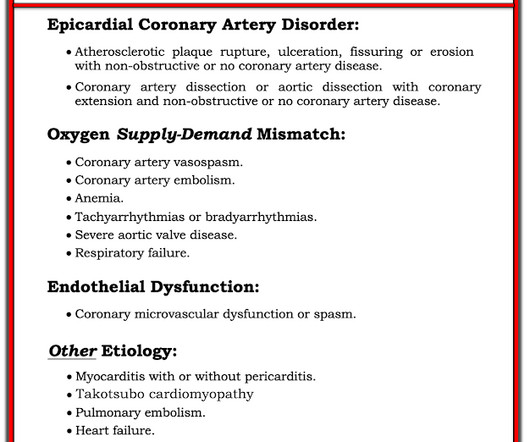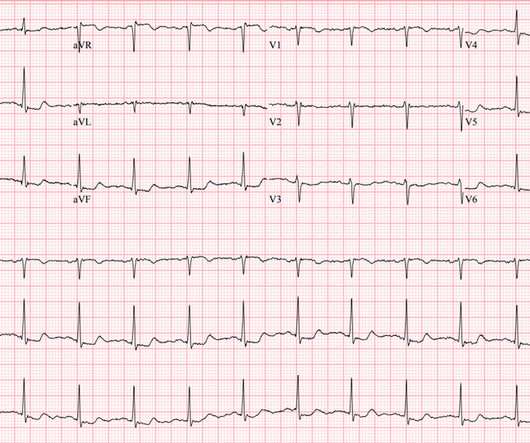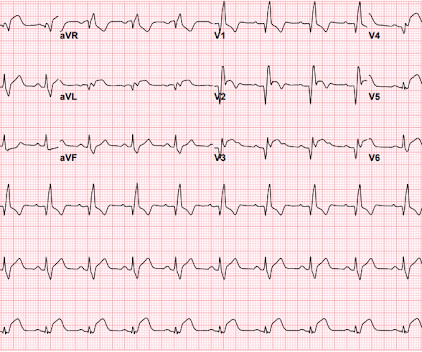What does the angiogram show? The Echo? The CT coronary angiogram? How do you explain this?
Dr. Smith's ECG Blog
NOVEMBER 15, 2023
Post cath ECG: Now there are hyperacute T-waves again, and recurrent ST depression in V2 This ECG would normally diagnostic of OMI until proven otherwise No further troponins were measured, but it looks like there is recurrent OMI Next day: A CT Coronary Angiogram was done (CTCA) CARDIAC MORPHOLOGY AND FUNCTION: 1. IMPRESSION: 1.













Let's personalize your content